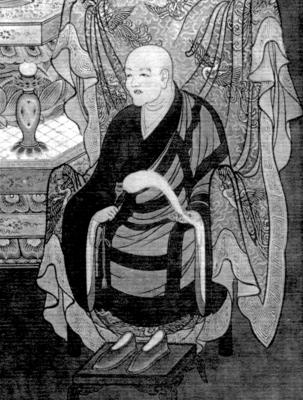Sesshin guidelines recommended by Zen teachers Dosho Port & Tetsugan Zummach of Vine of Obstacles Zen. I think they’re worth sharing here.
Sesshin Guidelines
1. Diligence: Maintain your practice throughout the day and night, and follow the schedule. Be at your seat before the five-minute han is struck at the beginning of each block of zazen. You may use the bathroom during kinhin, but kinhin is not the time for making tea or taking a stretch break. During zazen and dharma talks, assume a zazen pose that you can maintain throughout the period. Switching your cushions, using a seiza bench, and/or sitting in a chair is completely appropriate; make these changes during kinhin periods only. If you are assigned to kitchen clean up after meals, report directly to the kitchen. At other times, avoid using the kitchen unless absolutely necessary.
2. Wholeheartedness: Apply yourself fully and single-mindedly to all that you do. Chant wholeheartedly, harmonizing with others. Use the sutra book unless you know the sutra completely, holding it up at eye level. During caretaking, work through the period with focused energy. Speaking quietly during caretaking is okay, but only when necessary to clarify the task at hand. If you complete your task, help others. If you are unsure about what to do during any given activity, look and see what others are doing and what is needed in the moment.
3. Clear heartmind: Maintain silence within and without, and avoid making eye contact with other practitioners; this is especially important in dorm rooms. Do not use any electronic devices (leave cell phones in your car or at home), read books, or write in your journal. An exception: if one of the teachers suggests that you prepare for a koan presentation. Memorizing koans should be done discreetly. Coffee and tea will be available before sitting, and throughout the day. You may use the zendo for zazen during breaks and after hours. If you are doing late night sitting, first get ready for bed so that when you are ready to turn in, you disturb others as little as possible. Use your room for stretching during breaks; you may also use the zendo for stretching during the afternoon rest period.
4. Kindness: Be aware of how your behavior may affect others. Get out of bed when the wake-up bell rings, not before (do not set personal alarms unless you are assigned to ring the wake-up bell). Make as little noise as possible in all activities, including closing doors, using your bowls, blowing your nose, yawning, sneezing, walking, and using the toilet. Sleep on your right side; it will dramatically reduce snoring. Practice “leaving no traces” in the common areas and bathrooms (wipe down water spots from the sink & mirror after washing hands, keep belongings tidy in your room, keep your sitting area neat, with zafu fluffed & zabuton brushed off after use, etc.). Sign up for showers on the schedule posted on the bulletin board (no showering before the first block of zazen in the morning). Take minimal time for hygiene. Using deodorant, wearing clean, comfortable & simple clothing, brushing teeth, and washing hands after toilet use are important; otherwise, let go of keeping up appearances.
5. Connecting: Sesshin is a communal activity. When meeting a practitioner on the outside paths or sidewalks, without making eye contact, stop, gassho, bow and move on (this does not apply during work period). Dokusan will be offered throughout the sesshin; we ask participants to attend all the sessions. If, at any time, something arises that the teachers should know about or you have questions, write a note to them or bring it up in dokusan (for medical or other emergencies, inform them in private immediately).













